LASSCO Archive
2969 items found
Page 8 of 248
-
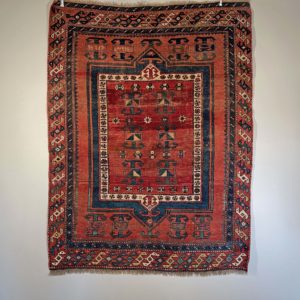
An antique Armenian Kazak rug,
An antique Armenian Kazak rug,
in madder red, indigo and ivory, the field containing bold hooked devices, within a birds-on-pole border; dated unclearly; low in places, restorations, washed and ready to lay, -
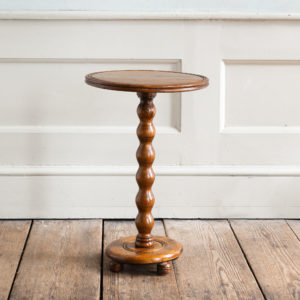
French fruitwood occasional table,
-
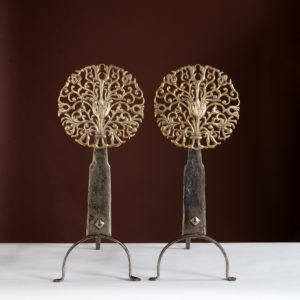
Pair of Arts & Crafts fire dogs
Pair of Arts & Crafts fire dogs
cast brass and wrought iron, the decorative foliate discs after a design by Ernest Gimson. -
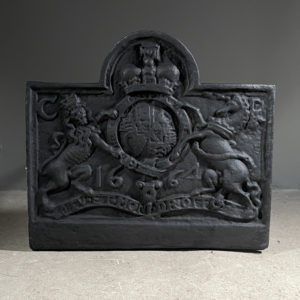
An English heraldic cast iron fireback
An English heraldic cast iron fireback
the rectangular plate with a shaped top, cast in relief with the Royal Arms of Charles II – the heraldic roundel supported by a lion and unicorn rampant and bearing the “C.R” monogram and date “1664” -

Public and Private Life of Animals, by J. J. Grandville, ‘Vieux, cassé, bavard, fantasque…’,
Public and Private Life of Animals, by J. J. Grandville, ‘Vieux, cassé, bavard, fantasque…’,
First published in France, these prints are based on the drawings of the famed caricaturist J. J. Grandville. Born Jean Ignace Isidore Gérard, Gradville; he fought on the barricades during the revolution of 1830 which dethroned Charles X, the last Bourban king. It was during this period that his cartoons appeared in two of the most famous satirical journals of the time; Le Charivari and Le Caricature, but in 1835 these publications were suppressed by the government of Louis-Philippe. This event extinguished his income and means of political expression and forced him to start making a living by book illustration. The ‘Public and Private Life of Animals’ allowed him to criticise society and its effect on individuals through one of the oldest narrative types; the animal fable. His caricaturist’s skills combined the human and animal characteristics giving him a vehicle of expression as to what was not permissible in ‘Society’ but was perfectly acceptable when the material was presented as humorous or satirical. -
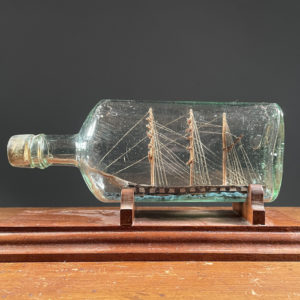
A Victorian ship in a bottle
A Victorian ship in a bottle
the clear glass oval section bottle enclosing the model tall-masted rigged ship within, raised on a scratch built teak cradle, -

An interesting vintage British-American ship in a bottle
An interesting vintage British-American ship in a bottle
the clear glass square section bottle with a rope-twist border to one side, a woven cap and bearing the post-prohibition raised lettering” FEDERAL LAW FORBIDS SALE OR RE-USE OF THIS BOTTLE” to the shoulder and the distributer’s name to the base “BURNE TURNER & CO LONDON”; the diorama within comprising a three masted clipper in full sale on a choppy sea with a steam-boat tender off her port bow, she flys the red ensign, -
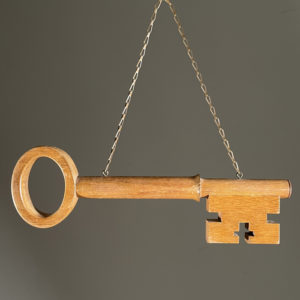
An English oak locksmith’s trade sign
An English oak locksmith’s trade sign
the carved key with a pierced bow and a cylindrical shaft with an everted collar, the bit emanating from the pin with a cruciform incised key ward, hung on a brass chain, -
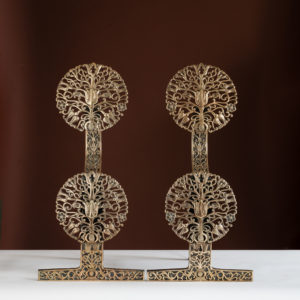
Pair of Arts & Crafts brass and iron fire dogs,
-
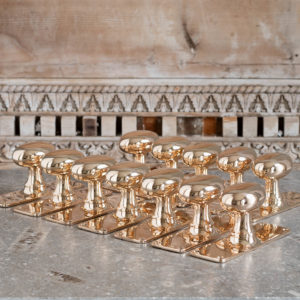
Set of rose brass door knobs
-
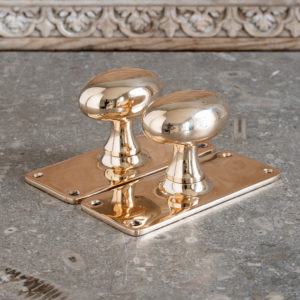
Pair of rose brass door knobs
-
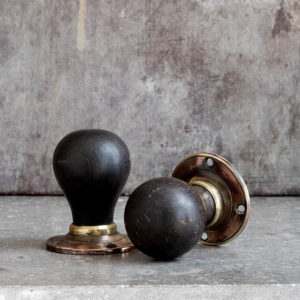
Antique ebony door knob,
